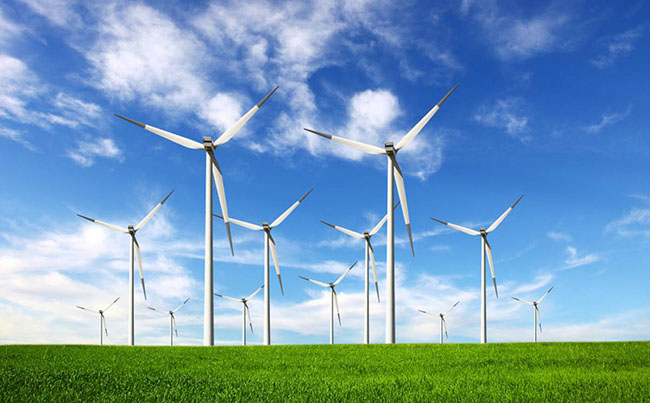With the progress and development of society, the level of science and technology has improved significantly, and more and more cutting-edge technologies have emerged and are widely used in various industries in society. As a cutting-edge technology, IoT technology plays a very prominent role in environmental monitoring. The use of IoT environmental sensors in these different applications can reduce a lot of manpower and make it simple and efficient. This article outlines the eight most common IoT environment monitoring use cases and some considerations when choosing an IoT network, and why a Low Power Wide Area Network (LPWAN) is the best solution for you.


The eight most common IoT environment monitoring use cases
1. Monitor the air temperature and humidity of the data center.
2. Monitor air quality, carbon dioxide and smog (e.g. gases), carbon monoxide and indoor ozone levels in restricted areas.
3. Monitor water quality, pollutants, thermal pollutants, chemical leaks, lead levels and flood levels.
4. Monitor fisheries, livestock health and poached animals.
5. Monitor soil moisture and vibration levels to detect and prevent landslides.
6. Monitor snowfall at ski resorts and national forests for weather tracking and avalanche prevention.
7. Monitor fires in forests and protected areas.
8. Monitor natural disasters such as earthquake and tsunami warnings.
Some considerations when choosing a network for IoT environment monitoring
Bluetooth and BLE are generally not suitable for long-range network connections, WiFi also has long-range network connection limitations, and the cost of setting up WiFi network infrastructure can be very high. Mesh topologies like ZigBee are also not suitable for IoT environmental monitoring because the sensors are not close enough together (and may be on the ground) and it will be very difficult to get a stable point-to-point connection. In addition to high power consumption, high deployment and usage costs, mobile M2M networks cannot work in many remote rural areas without mobile signals. Therefore, the ideal choice for IoT environmental monitoring is low-power wide area network (LPWAN).
Why are Low Power Wide Area Networks (LPWAN) suitable for IoT environmental sensors?
Low-power wide area network (LPWAN) technology is suitable for environmental monitoring because it can connect devices that need to be on-site for long periods of time and send small amounts of data over long distances. Some IoT applications only need to transmit small amounts of information—like a sensor that only sends data when it senses smoke in a forest.
Several reasons for choosing LPWAN technology for IoT environmental monitoring
1. Long distance. Depending on the technology, the end nodes and antennas of the LPWAN system can be deployed between 500 meters and 15 kilometers.
2. Low cost. If you want to broadly detect anything from air quality to forest fires, you need a relatively high density of sensors – it doesn’t cost much to buy LPWAN sensors, and network connectivity is cheaper, for example, as Sigfox offers in Taiwan The monthly rental fee for each device of the network connection service is as low as RMB 0.5, and data can be uploaded 60 times per month.
3. Long battery life. Once in place, LPWAN sensors don’t need to be looked at for five to 10 years, making them ideal for areas that are difficult to access for maintenance. Many LPWAN technologies also allow environmental sensors to be powered by solar energy, which is an excellent green approach for remote areas.
The above is a brief overview of IoT environmental monitoring use cases and considerations. It’s safe to say that the Internet of Things will benefit the environment in more ways, let’s wait and see!